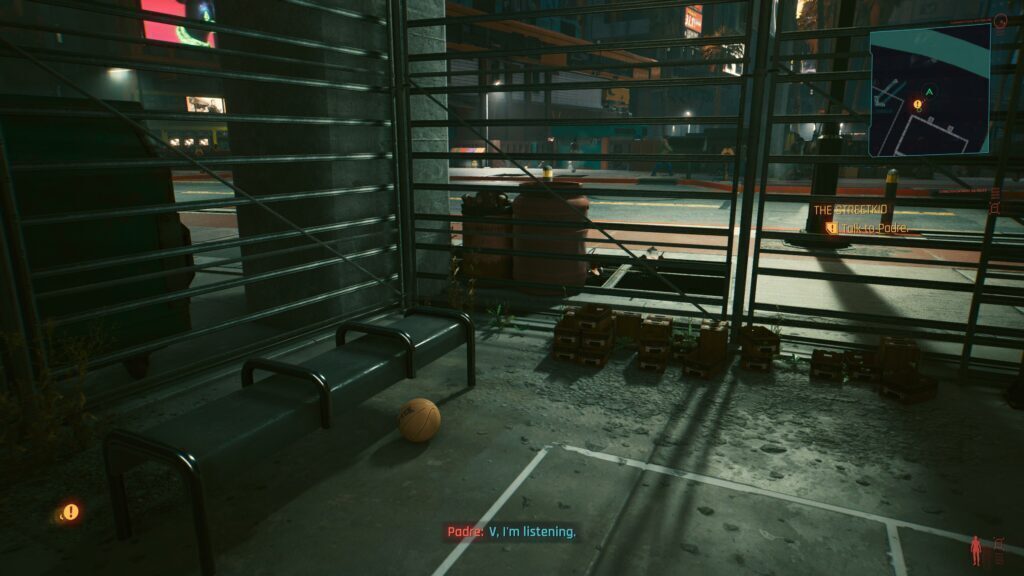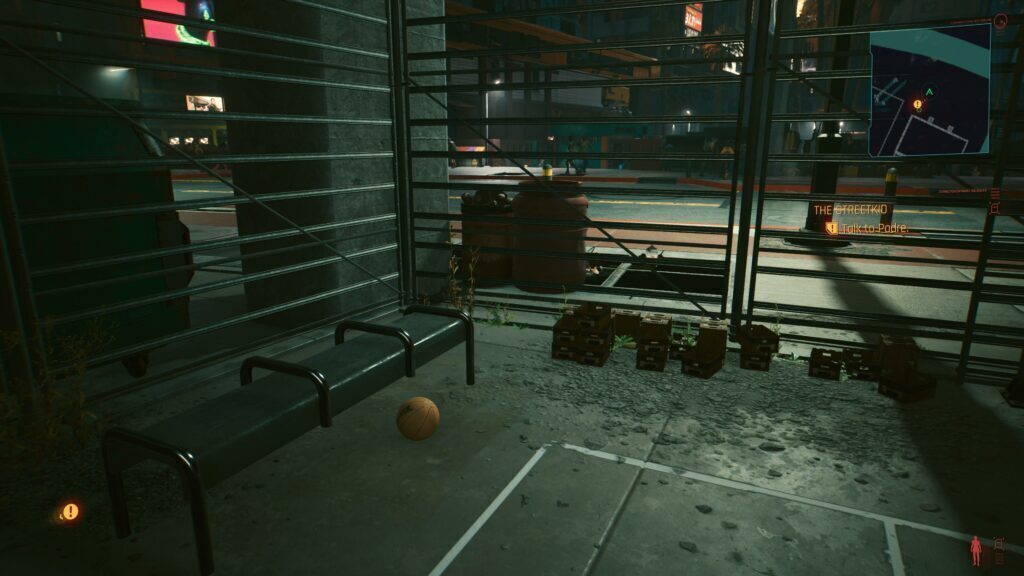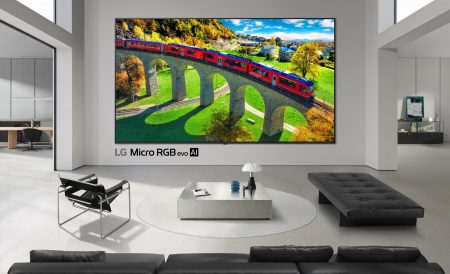We’re still in the early stages of the ray-traced generation but Sony is looking to speed things along. The company recently filed for a patent in which Sony engineer Mark Cerny lays out a method to add dedicated hardware that would deal with some of the heavy computational load that ray tracing (RT) introduces. This can only mean good things for Sony’s consoles.
Currently, only Nvidia GPUs with the RTX branding use dedicated RT cores to handle these rays. While the AMD RX 6000 series GPUs and the chips in the PS5 and Xbox Series X leverage AMD’s RDNA 2 architecture to support RT, they do that at a software level.
Meaning the same processor cores that handle system functions and non-ray traced graphics also do the RT heavy lifting. This is a large reason why, at least for the moment, you have to pick between higher framerate and higher quality.
Sony’s ray tracing – now with extra tracing
We won’t bore you with the highly technical aspects like acceleration structure traversal and bounding volumes but Cerny’s patent details a method that would offload some of those calculations to a dedicated ray-tracing unit (RTU), leaving the GPU to perform other functions while it awaits the results. Kinda like when you order food, your waiter doesn’t rush to the kitchen to fire up the grill. There’s a dedicated person or machine for that.
With this patent, it’s clear that Sony is looking to improve its ray-tracing performance. But it doesn’t detail how it would integrate the new patent with its current way of doing things. It’s highly unlikely that we would see changes made to the PS5 as it currently stands.
This new patent would either be reserved for the next generation of the console – if there even is one – or we might see a PS5 Pro before too long that leverages some new RT-capable hardware.
Or we might not see it at all. This might end up being one of those patents that get filed and then we never hear of it again. Companies do that all the time. Hopefully that doesn’t happen here.
Source: Ars Technica




